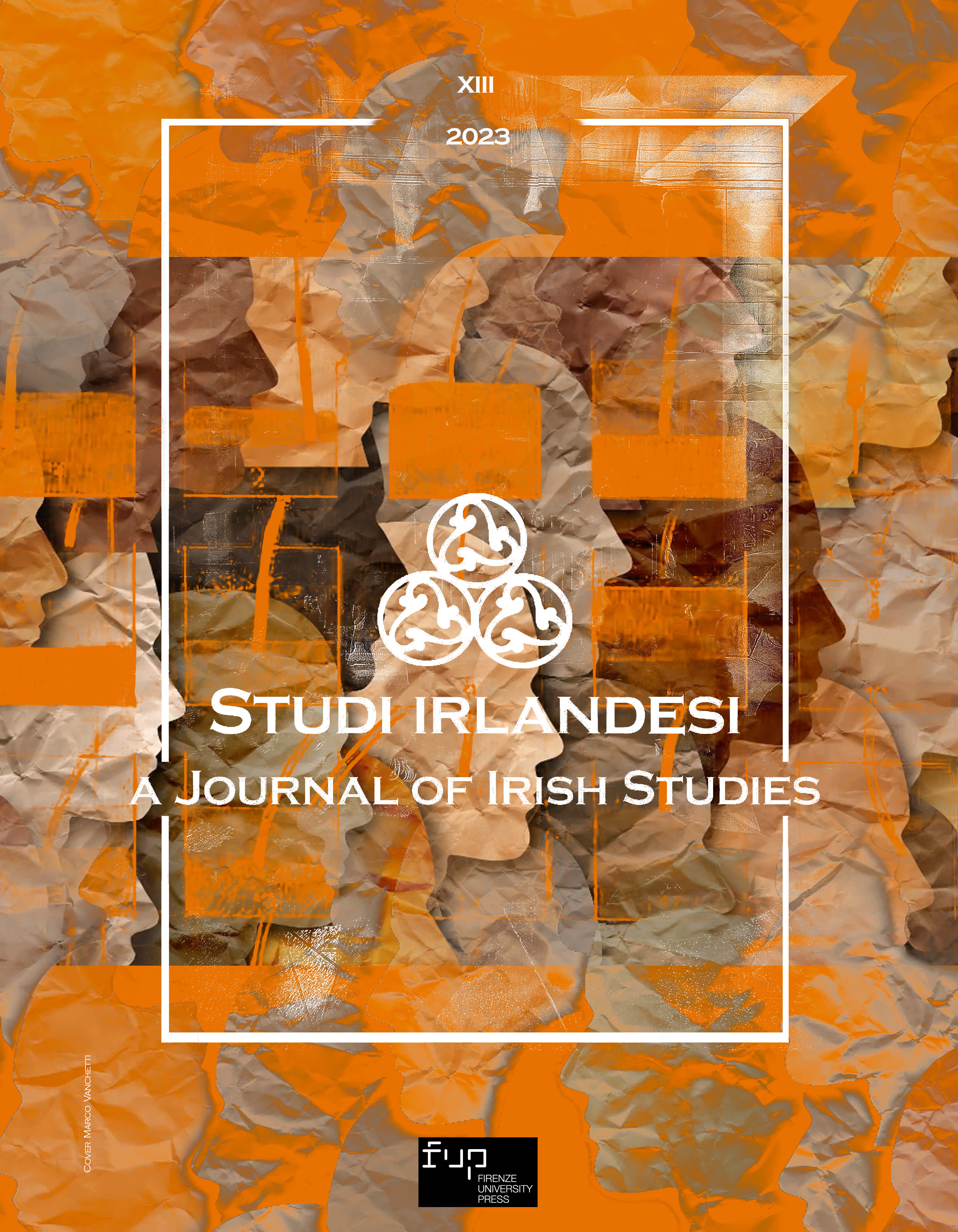Gendered Discourses and Actor Representation in Eoin Colfer’s Artemis Fowl Series: A Corpus-Based Study
Published 2023-07-31
Keywords
- Actor Representation,
- Artemis Fowl Series,
- Corpus Linguistics,
- Gendered Discourse
How to Cite
Copyright (c) 2023 Dalia Mohammed Hamed

This work is licensed under a Creative Commons Attribution 4.0 International License.
Abstract
The Artemis Fowl series (2001-2012) is described by its Irish author Eoin Colfer as “Die Hard with Fairies”. Artemis Fowl is an-eight book series of adventures and supernatural actions. The starring character, Artemis Fowl, is a twelve-year- old criminal mastermind. His primary goal is to pursue money, which makes him kidnap the fairy leader. This results in a continuing fight between two worlds: Artemis’s and the fairies’. The Fowl adventures present many themes, of which gendered discourses and actor representation inspire this research. This paper examines the eight-series child books via Corpus Linguistics apparatus. AntConc is a corpus analysis software utilized to generate wordlists of each book so that words with higher frequency may be investigated in their context of utterance via the concordance toolkit. The next step aims to detect the occurrence of search terms pertaining to gendered discourse and actor description. In this concern, the contributions presented by Tannen (1993, 1999), Edley (2001), Weatherall and Gallois (2003), Sunderland (2004), and Wetherell and Edley (2014) are considered in the detection of gendered language. Van Leeuwen’s taxonomy (1996, 2008) of social actor representation is also considered to detect actor descriptions. Accordingly, the eight-series adventure novels are linguistically analyzed so that the main themes, gender identity markers and actor representation may be uncovered. The study supports the discursive psychologists’ belief that gender is created and enhanced via discourse. The study is original in incorporating corpus linguistic toolkits, discursive psychology and discourse analysis to child Irish fantasy literature to expose the gendered-identities negotiated and the features representing social actors.

